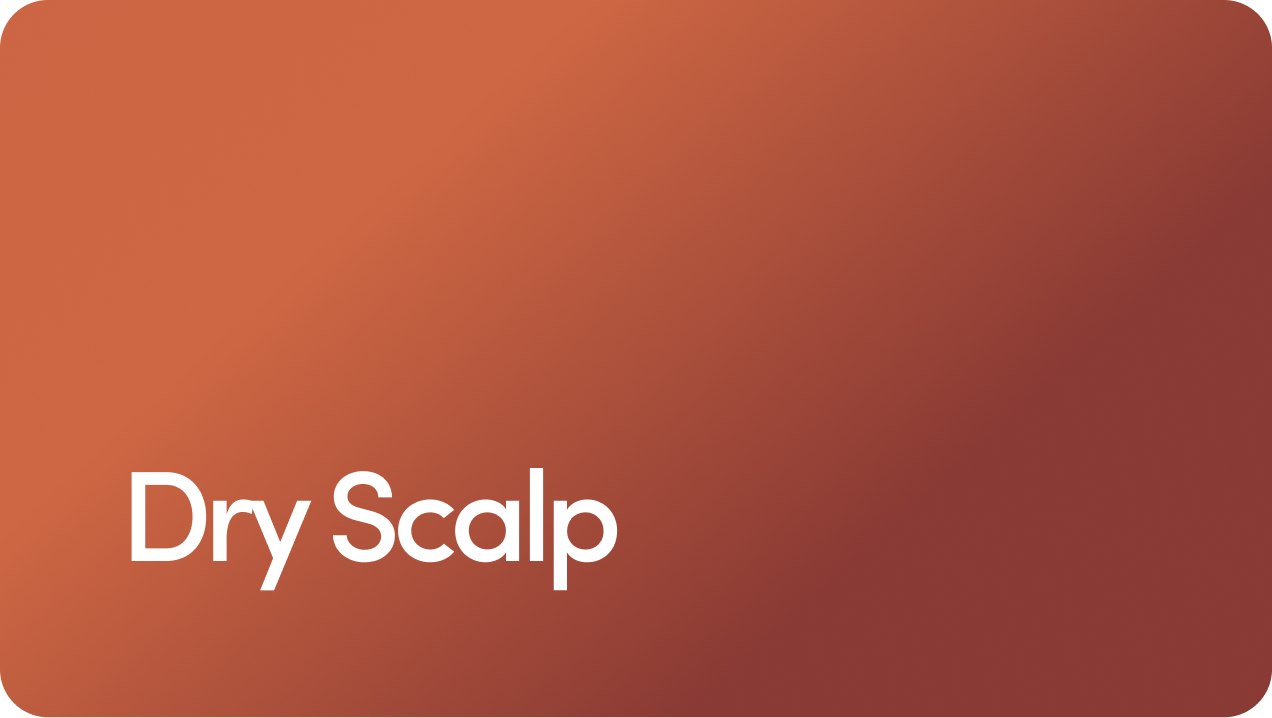Content
FDA approved for more than 25 years
Water-Only Hair Washing: Benefits, Downsides, and Alternatives
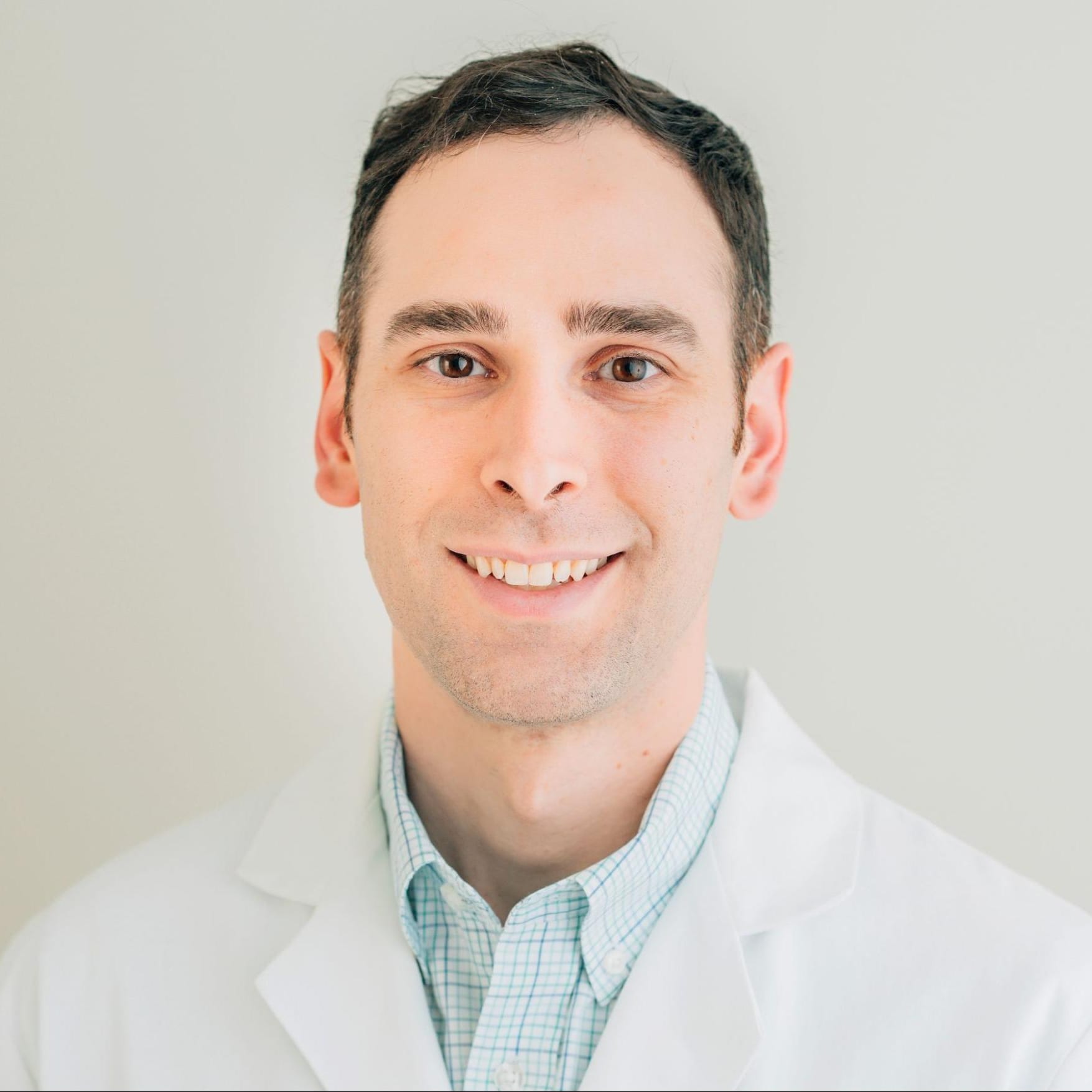
Maybe you’ve accidentally washed your hair with just water on a morning when you’re particularly tired, but did you know some people skip shampoo regularly (on purpose)? The practice — sometimes called the “no-poo” movement, which means “no shampoo” — is thought by some to be a minimalist and natural approach to hair care.
While washing hair with just water has some potential benefits, there are also downsides. We'll cover the pros and cons here and explain exactly what it involves and how to do it.
Content
What is Water-Only Hair Washing?
You’re probably wondering a few things: First, what exactly is water-only hair washing?
Water-only hair washing is pretty much what it sounds like. This method involves rinsing hair with lukewarm or warm water in the shower without using shampoo or another cleansing agent.
If you’ve researched water-only hair washing, you may be familiar with two steps — “scritching” and “preening” — done by some people who embrace the no-poo method.
Scritching refers to massaging your scalp with your fingertips — not your nails, which could be too rough — to loosen any oil, product build-up, or dead skin cells. This makes it easier to rinse away. Preening refers to pinching small sections of hair and gently pulling natural hair oils from the roots to the ends.
If you’re using scritching and preening to clean your hair, we recommend following up with a conditioner to keep it hydrated and flexible. Some people also choose to wash with conditioner, a method known as “co-washing.”
Water-only washing is generally recommended for people with thick, curly, or coily hair. Curly and coily hair types are often drier than other types due to the bends in the hair shaft, which slow down oil distribution — basically, these bends make it harder for oil to travel down the length of the hair shaft. One of the purported benefits of water-only washing is that it helps hair stay moisturized, so it may be a good fit for dry hair.
However, this style of washing isn’t recommended for all hair types. Fine, thin, or straight hair doesn’t usually do well with water-only washing. These hair types tend to get oily quickly, and water-only washing may not effectively remove excess sebum buildup.
Even though washing with just water may be more suited for thick or curly hair, it may not even be the right choice for this hair type.
“I can't recall ever recommending a patient wash with water only,” says Dr. Knox Beasley, board-certified dermatologist. “Most shampoos can be drying to some degree, so a water-only option would be less drying. The downside would be more oil build-up, which would be more difficult to clear. I tell patients that it can sometimes be trial and error to find the right combination of products and frequency when it comes to washing their hair.”
Benefits of Water-Only Washing
Wondering if water-only washing is right for you? Here are some of its benefits.
It’s cost-effective. The most universal benefit of washing hair with just water is that it’s inexpensive. When you stop buying shampoo, you save money.
It’s environmentally friendly. Shampoo often comes packaged in plastic bottles that aren’t recyclable. Switching to water only will reduce your reliance on plastic.
It reduces exposure to certain chemicals. Many shampoos contain sulfates, which are potent cleansing agents. While they leave hair squeaky clean, they can also lead to dryness or brittle hair over time. However, you can also buy sulfate-free shampoo.
Downsides of Water-Only Washing
It may not be a surprise that there are downsides to washing your hair only with water. Here’s what to know.
Water alone does not break down oil. You know what happens when water and oil meet — they repel. For this reason, water alone is not effective at breaking down sebum and natural oils on the scalp and hair. Excess oil can accumulate over time when you don't use the surfactants in shampoos to clean your hair. This can make it difficult to achieve a truly clean feeling — especially for those with naturally oily hair — leaving hair feeling heavy, greasy, or coated.
Water doesn’t remove product build-up. Similarly, water alone cannot effectively remove residue from hair products like gel, pomade, or hairspray. These products often contain silicones, waxes, and other ingredients that require emulsifiers or cleansing agents to break down. If styling products are a key part of your hair care routine, relying solely on water to cleanse your hair may lead to buildup, dullness, and potential scalp issues such as clogged hair follicles or dandruff. You may also notice that your hair feels waxy or is more prone to frizz.
Water-only washing doesn’t leave a scent. While water-only washing helps rinse away some sweat and surface debris, it doesn’t provide the scents shampoos and conditioners offer. Although your scalp shouldn't develop an odor if you practice proper rinsing and scalp massage, you won’t get that fresh, clean fragrance many associate with cleanliness.
Build-up can lead to potential scalp issues. Over time, washing with only water may lead to scalp build-up, especially if you don’t remove natural oils, sweat, and environmental pollutants. This can result in itchiness or flakiness, and people with sensitive or dandruff-prone scalps might find that water-only washing exacerbates conditions like dandruff or psoriasis.
The adjustment period can be a challenge. Switching to water-only washing requires an adjustment period for your scalp to get used to the new method. Eventually, your scalp may produce less oil, but during this phase, it might overproduce oil as it compensates for the absence of traditional shampoo. This can leave your hair feeling greasy or limp. This transition period can last from a few weeks to several months.
Alternatives to Water-Only Washing
If you’re interested in trying the no-poo hair washing method but aren’t sure you want to forego cleanser altogether, there are alternatives to water-only washing that you can try.
Apple cider vinegar rinses. Apple cider vinegar (ACV) helps remove product build-up and adds shine to hair. It also has antimicrobial properties that can help cleanse the scalp. Always be sure to dilute ACV with water.
Cleansing conditioner. Most conditioners contain very small amounts of detergents. They won’t get your hair as clean as shampoo, but using conditioner is a good way to restore moisture, gently cleanse hair, and impart shine and a clean scent. You can also use coconut oil as a conditioning agent.
Specific “no-poo” hair care products. There are many shampoo alternatives available now. These products typically contain botanical ingredients and do not lather.
Here’s the TL;DR on water-only hair washing.
Water-only hair washing is a cost-effective, environmentally friendly approach that can reduce exposure to harsh chemicals in shampoos. It involves using a water rinse to move sebum down the hair shaft without using shampoo or a traditional cleanser.
However, it may not effectively remove oil or product buildup, potentially leading to scalp issues. It also usually requires an adjustment period, during which your hair might be greasier than usual.
Hesitant to fully commit to water-only washing? We get it. Alternatives such as apple cider vinegar rinses, cleansing conditioners, or no-poo products with mild cleansing properties can offer a balance between gentle cleansing and moisture retention.
If you want to learn more about shampoo and conditioner, check out guides to the best DHT-blocking shampoos and the key differences between shampoo and conditioner. We also offer a saw palmetto shampoo if you’re looking for some extra hair growth.
2 Sources
- Fernandes C, et al. (2023). On hair care physicochemistry: from structure and degradation to novel biobased conditioning agents.
- Yagnik D, et al. (2018). Antimicrobial activity of apple cider vinegar against Escherichia coli, Staphylococcus aureus and Candida albicans; downregulating cytokine and microbial protein expression. https://www.nature.com/articles/s41598-017-18618-x
Editorial Standards
Hims & Hers has strict sourcing guidelines to ensure our content is accurate and current. We rely on peer-reviewed studies, academic research institutions, and medical associations. We strive to use primary sources and refrain from using tertiary references. See a mistake? Let us know at [email protected]!
This article is for informational purposes only and does not constitute medical advice. The information contained herein is not a substitute for and should never be relied upon for professional medical advice. Always talk to your doctor about the risks and benefits of any treatment. Learn more about our editorial standards here.
Knox Beasley, MD
Education
Bachelor of Science, Life Sciences. United States Military Academy.
Doctor of Medicine. Tulane University School of Medicine
Training
Dermatology Residency. San Antonio Uniformed Services Health Education Consortium
Certifications
Board Certified. American Board of Dermatology
Medical Licenses
Dr. Beasley is licensed in all 50 states
Affiliations & Memberships
Fellow, American Academy of Dermatology
Specialties & Areas of Focus
Hair Loss, Dermatology
Years of Experience
10 years of clinical practice as a Dermatologist
Previous Work Experience
Medical Director - YouHealth Medical Groups, 2025–
Private practice, 2024–
Chief of Dermatology - , 2015–2019
Publications
Wilson, L. M., Beasley, K. J., Sorrells, T. C., & Johnson, V. V. (2017). Congenital neurocristic cutaneous hamartoma with poliosis: A case report. Journal of cutaneous pathology, 44(11), 974–977.
Banta, J., Beasley, K., Kobayashi, T., & Rohena, L. (2016). Encephalocraniocutaneous lipomatosis (Haberland syndrome): A mild case with bilateral cutaneous and ocular involvement. JAAD case reports, 2(2), 150–152.
Patterson, A. T., Beasley, K. J., & Kobayashi, T. T. (2016). Fibroelastolytic papulosis: histopathologic confirmation of disease spectrum variants in a single case. Journal of cutaneous pathology, 43(2), 142–147.
Beasley, K., Panach, K., & Dominguez, A. R. (2016). Disseminated Candida tropicalis presenting with Ecthyma-Gangrenosum-like Lesions. Dermatology online journal, 22(1), 13030/qt7vg4n68j.
Kimes, K., Beasley, K., & Dalton, S. R. (2015). Eruptive milia and comedones during treatment with dovitinib. Dermatology online journal, 21(9), 13030/qt8kw141mb.
Miladi, A., Thomas, B. C., Beasley, K., & Meyerle, J. (2015). Angioimmunoblastic t-cell lymphoma presenting as purpura fulminans. Cutis, 95(2), 113–115.
Beasley K, Dai JM, Brown P, Lenz B, Hivnor CM. (2013). Ablative Fractional Versus Nonablative Fractional Lasers – Where Are We and How Do We Compare Differing Products?. Curr Dermatol Rep, 2, 135–143.
Siami P, Beasley K, Woolen S, Zahn J. (2012). A retrospective study evaluating the efficacy and tolerability of intra-abdominal once-yearly histrelin acetate subcutaneous implant in patients with advanced prostate cancer. UroToday Int J, June 5(3), art 26.
Siami P, Beasley K. (2012). Dutasteride with As-Needed Tamsulosin in Men at Risk of Benign Prostate Hypertrophy Progression. UroToday Int J, Feb 5(1), art 93. https://www.urotoday.com/volume-5-2012/vol-5-issue-1/48691-dutasteride-with-as-needed-tamsulosin-in-men-at-risk-of-benign-prostatic-hypertrophy-progression.html
Why I Practice Medicine
Dr. Beasley began doing telemedicine while serving in the U.S. Army, providing dermatologic care for soldiers stationed around the world. This experience sparked his passion for telemedicine and inspired his commitment to expanding access to healthcare for patients across the United States.
Hobbies & Interests
In his free time, Dr. Beasley enjoys cooking, reading, and trips to the beach with his wife and two kids (with sunscreen of course).
Related Articles
Related Conditions
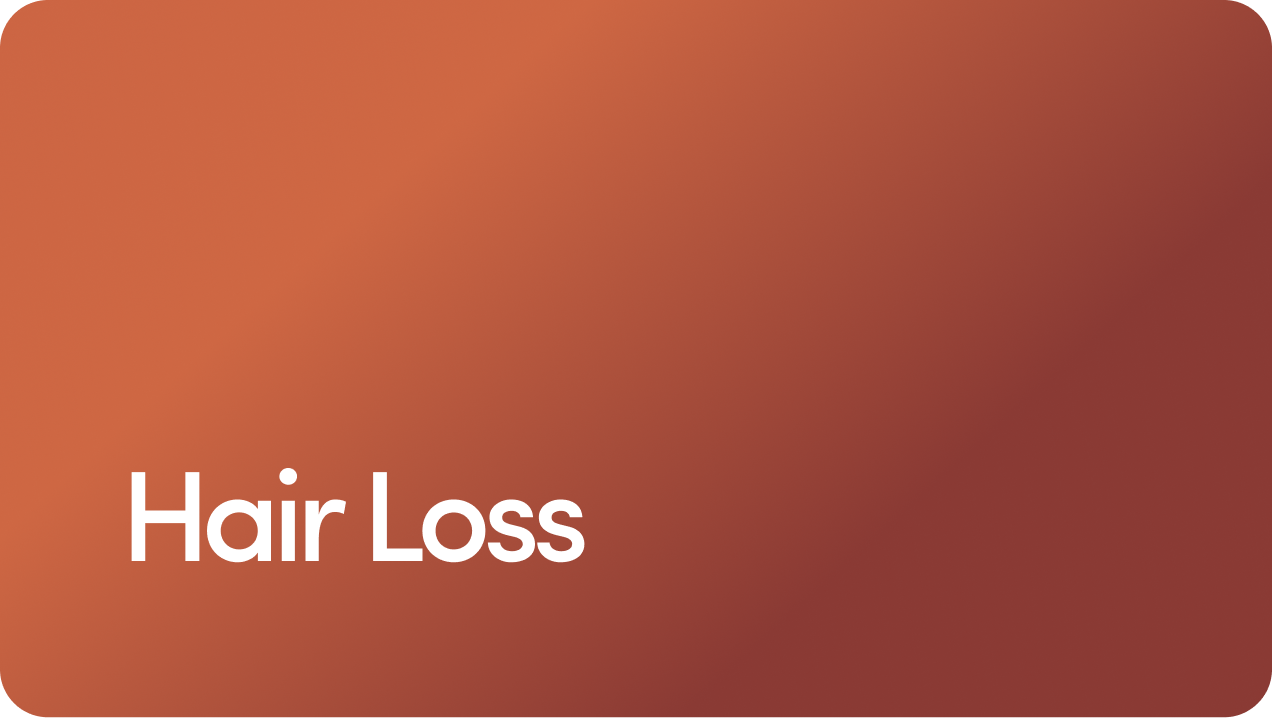 Hair Loss
Hair Loss
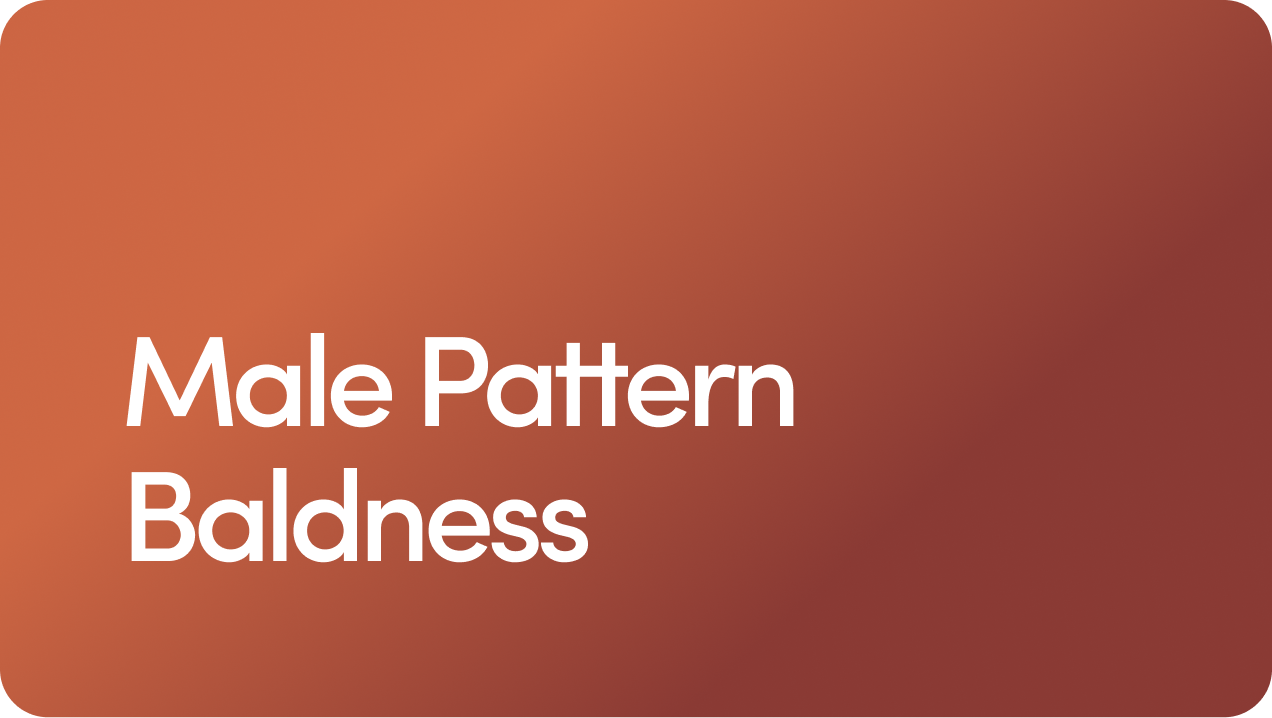 Male Pattern Baldness
Male Pattern Baldness
 Dandruff
Dandruff
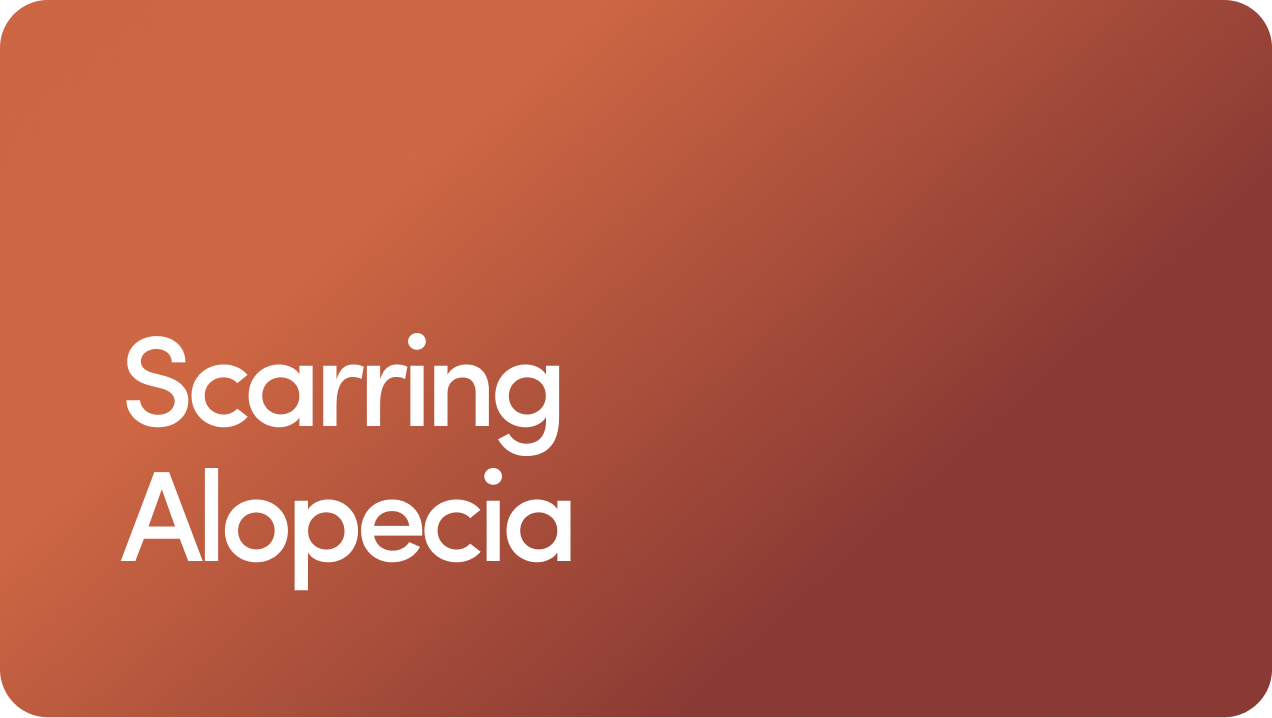 Scarring Alopecia
Scarring Alopecia
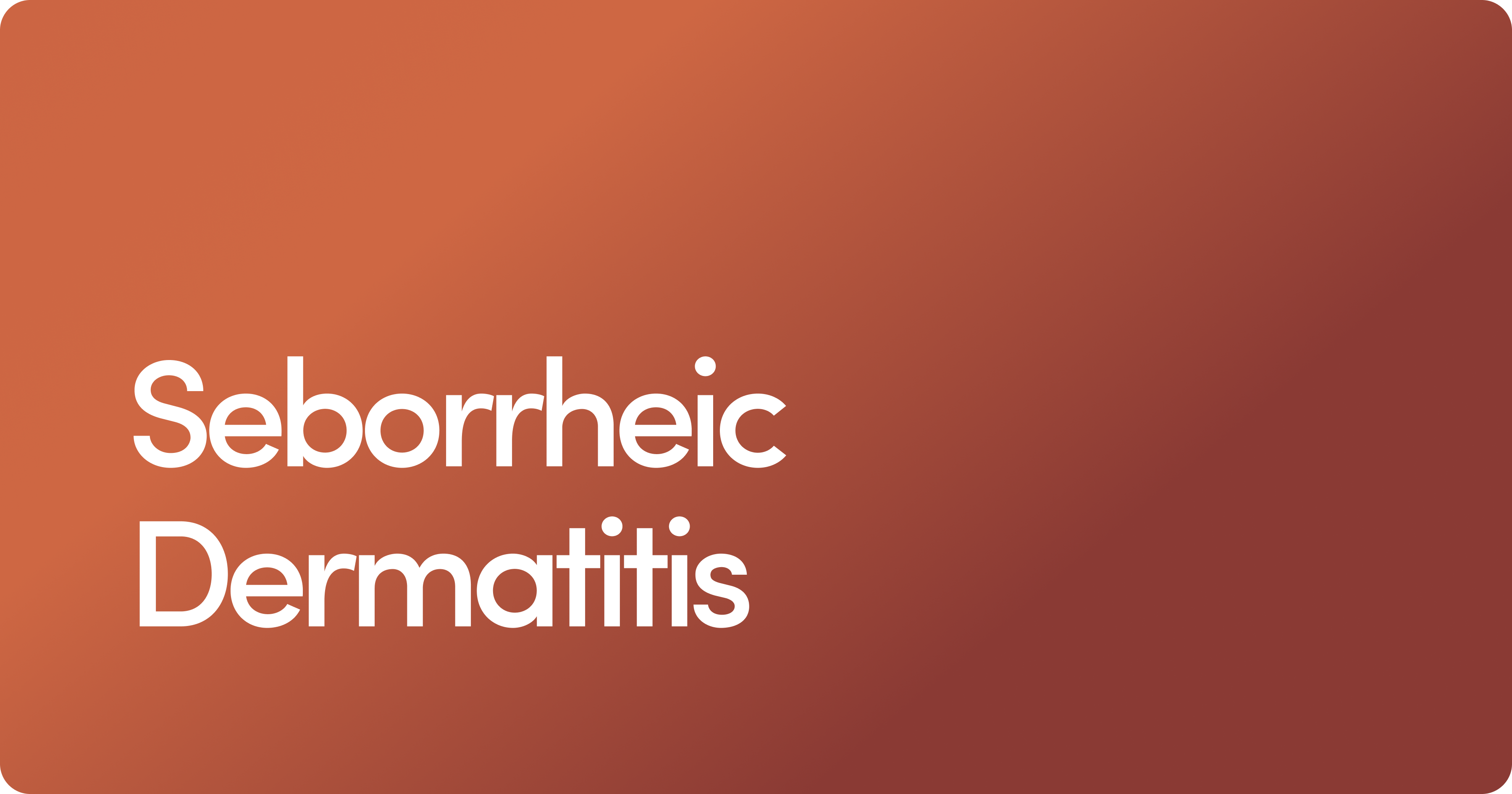 Seborrheic Dermatitis
Seborrheic Dermatitis
